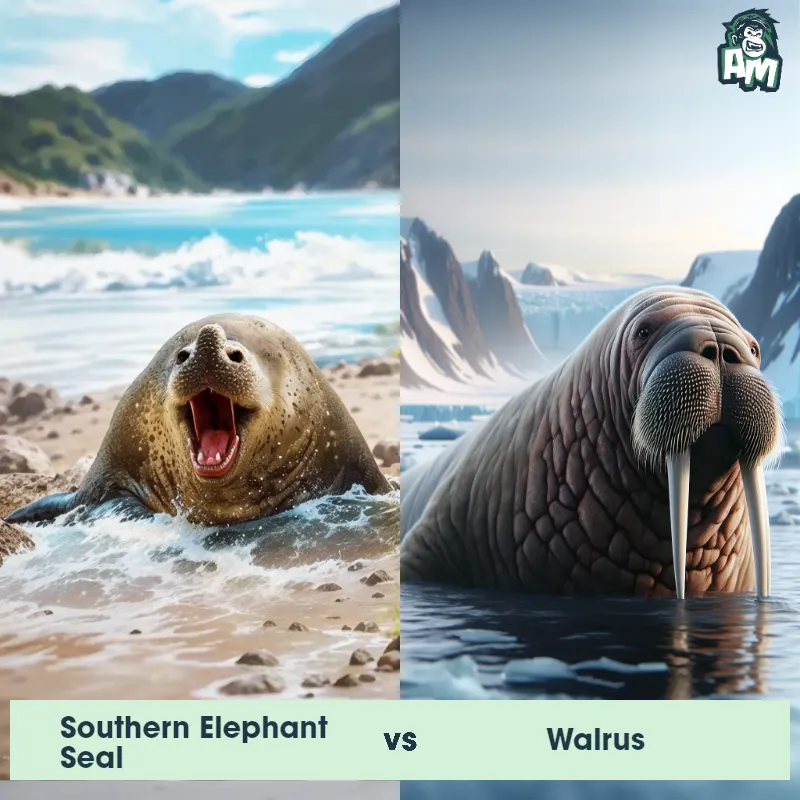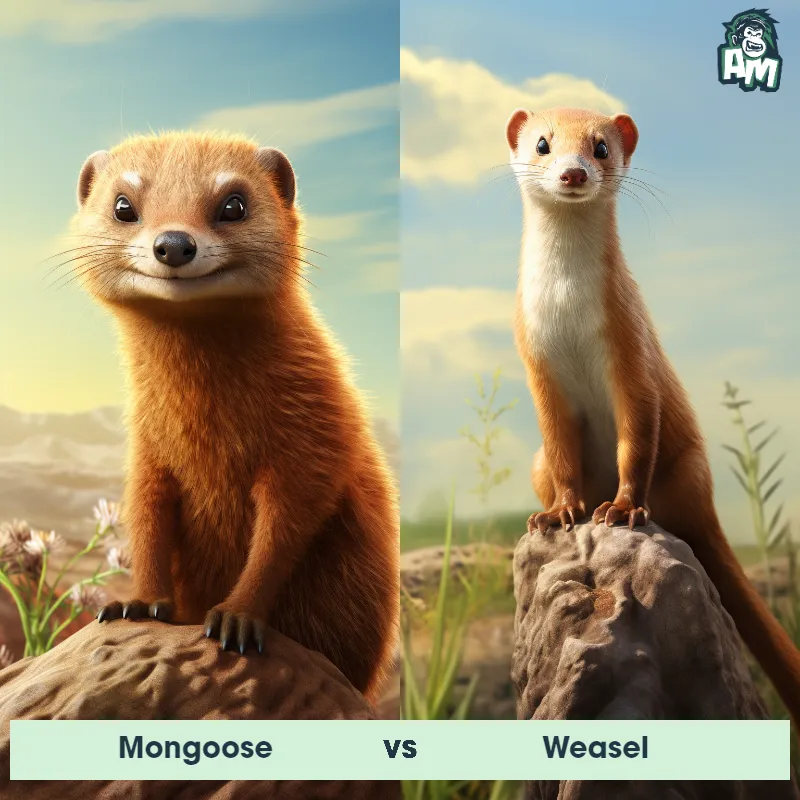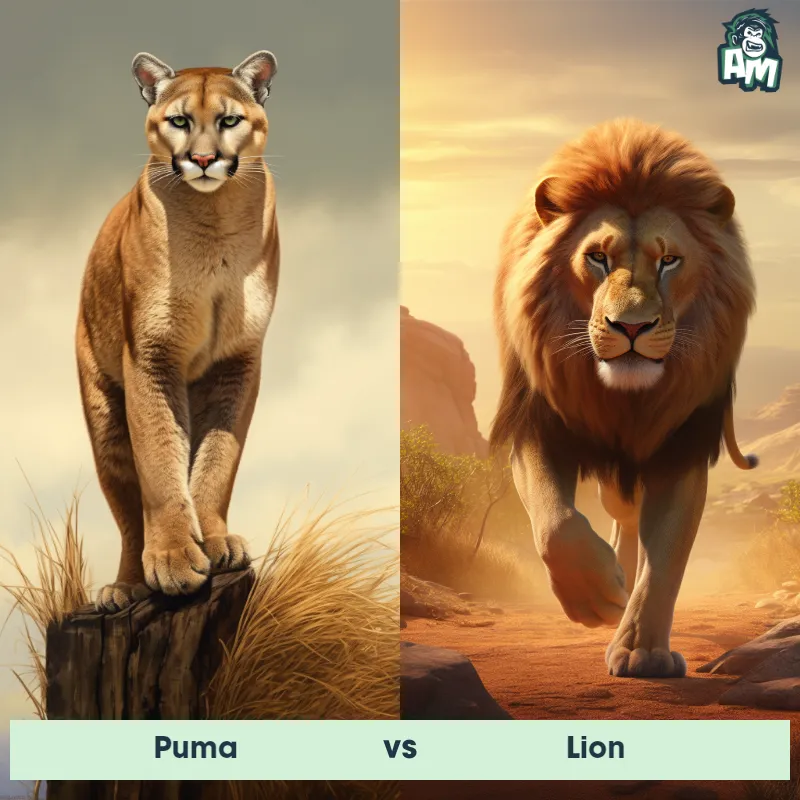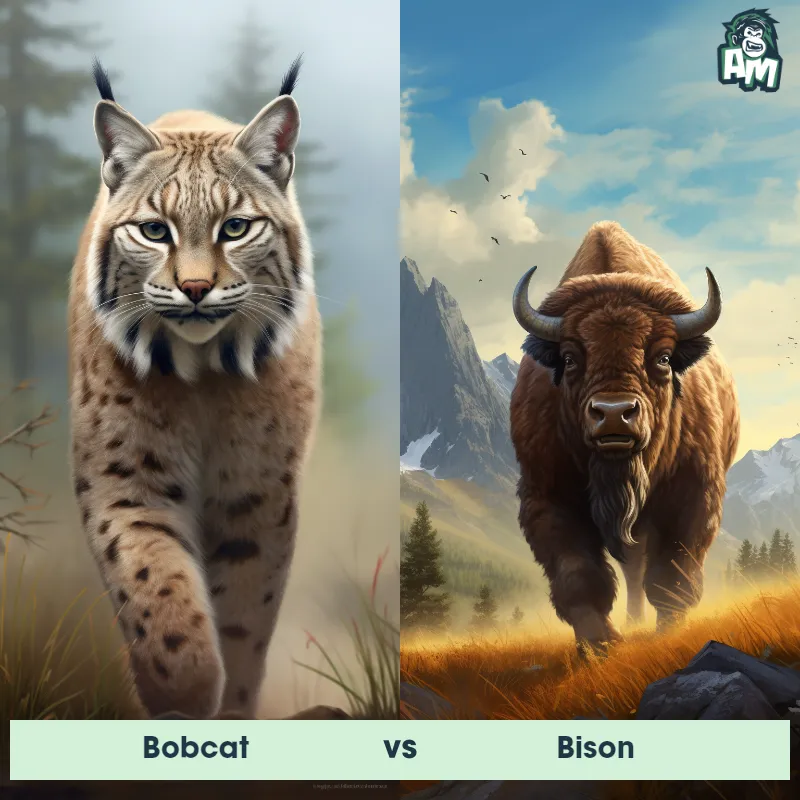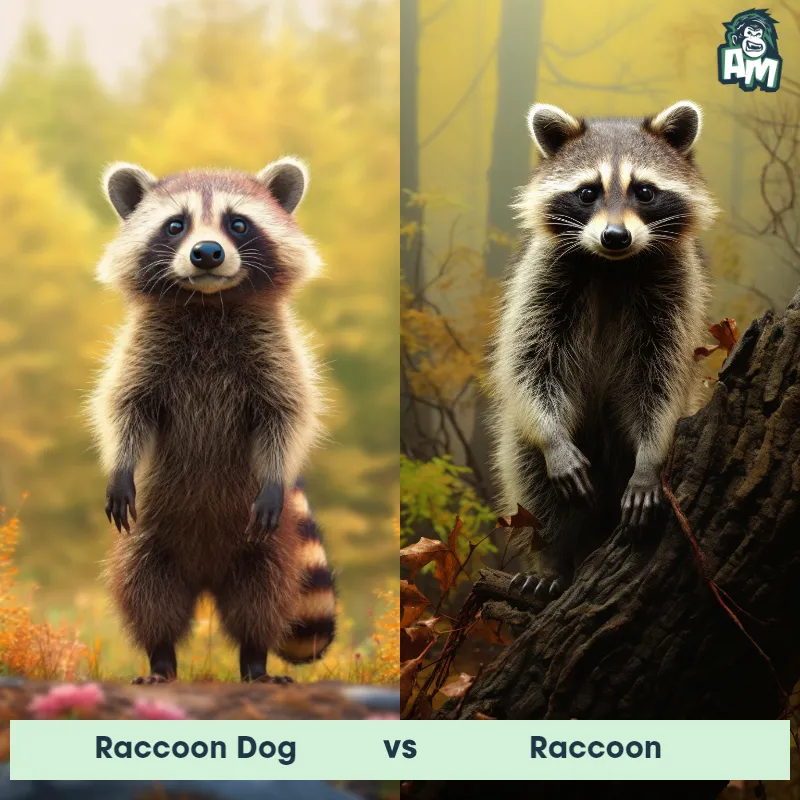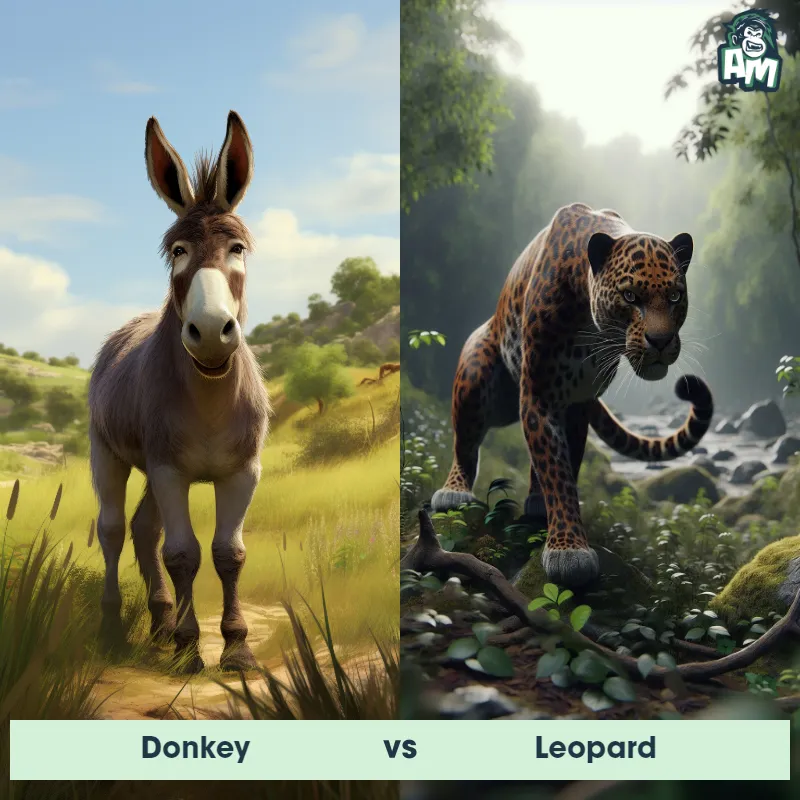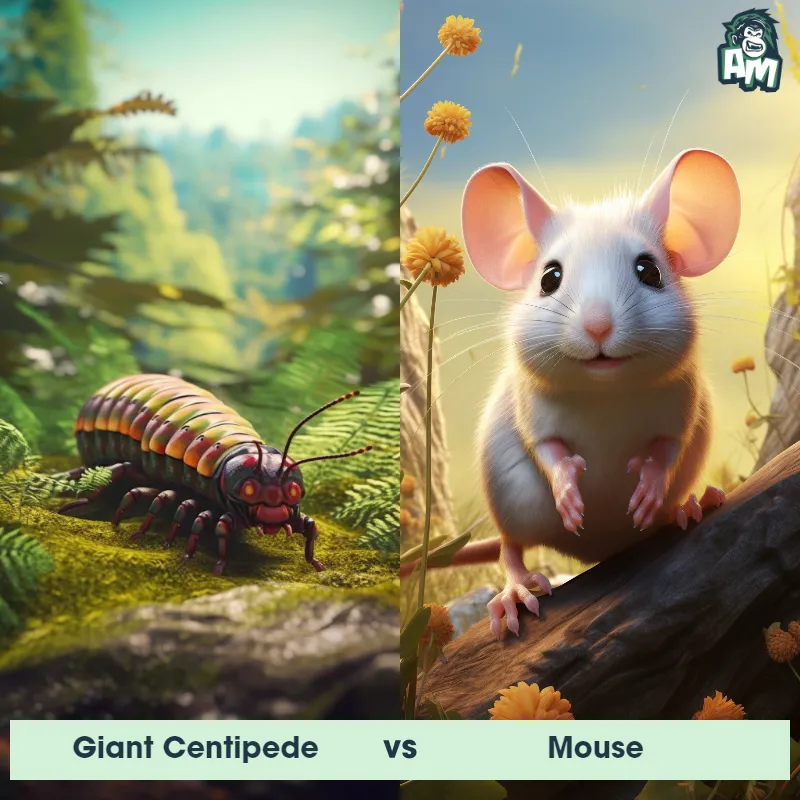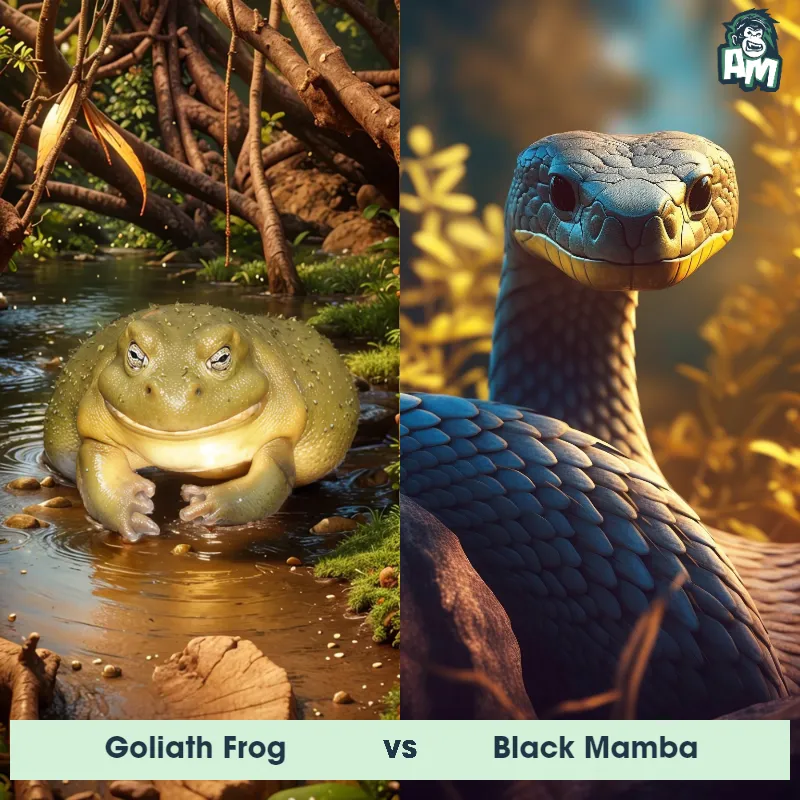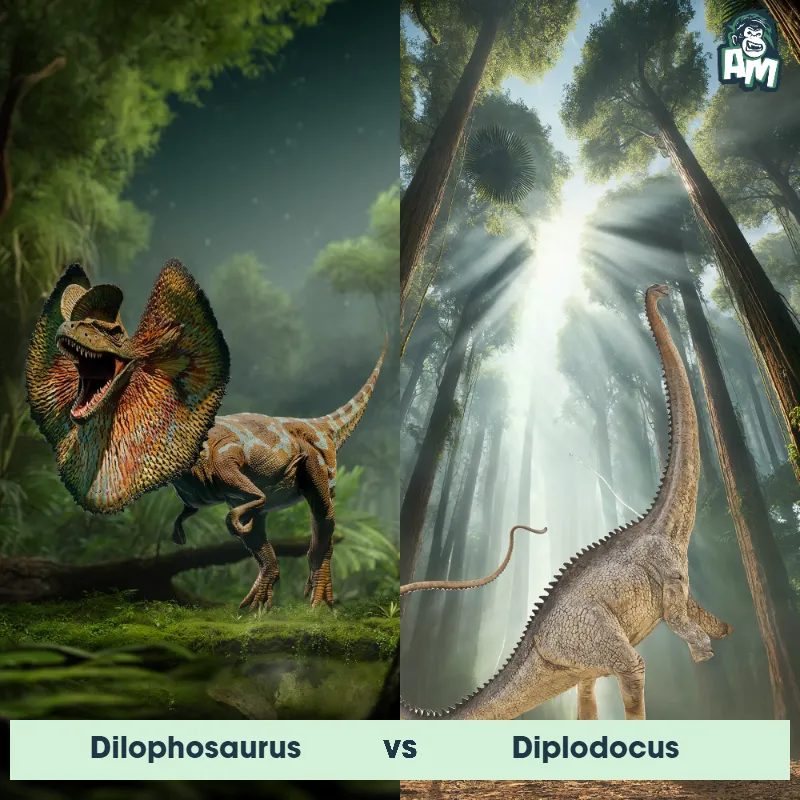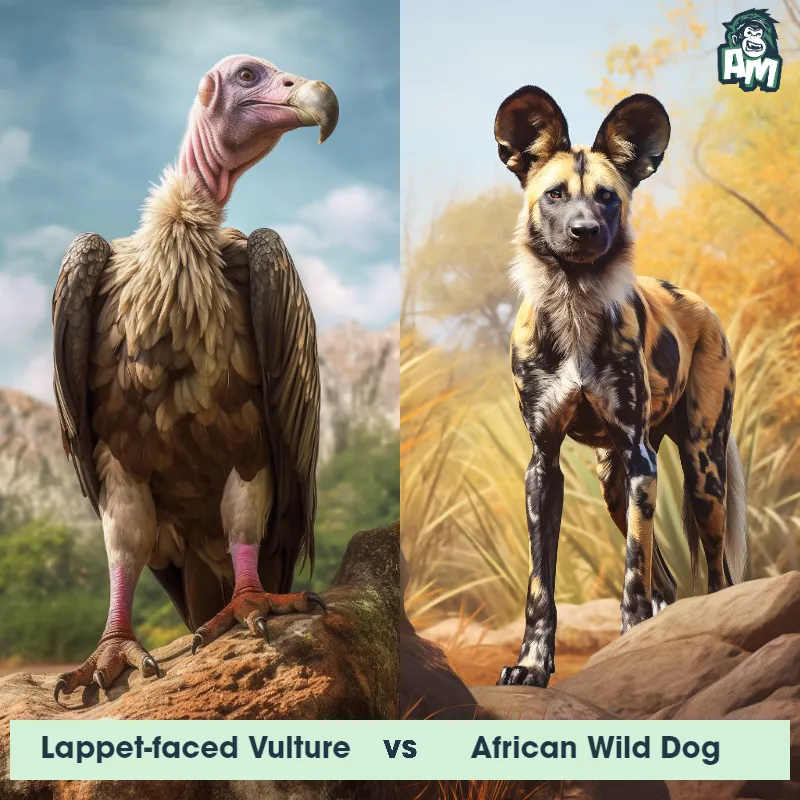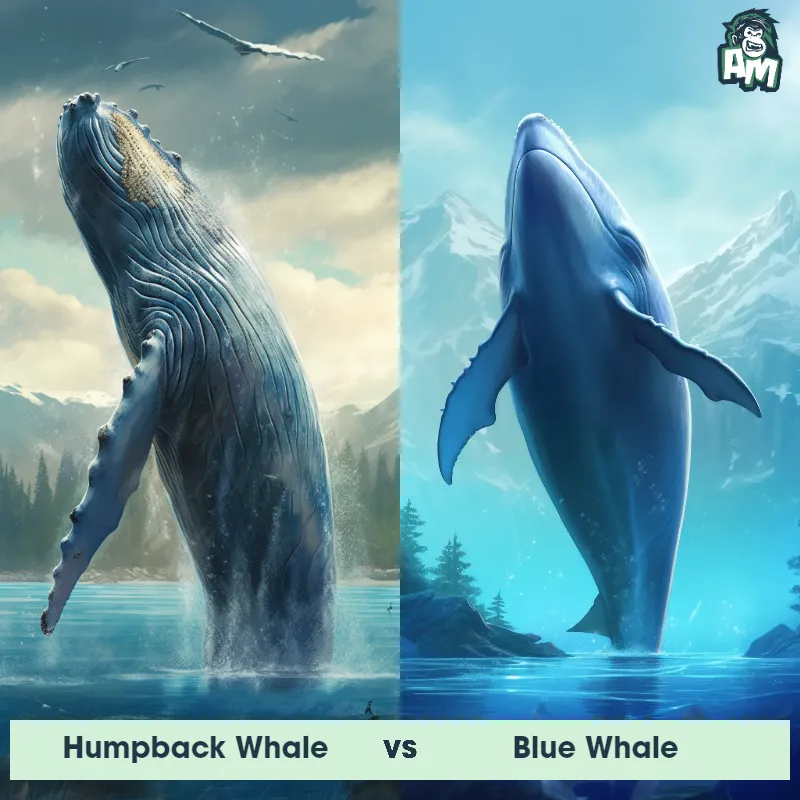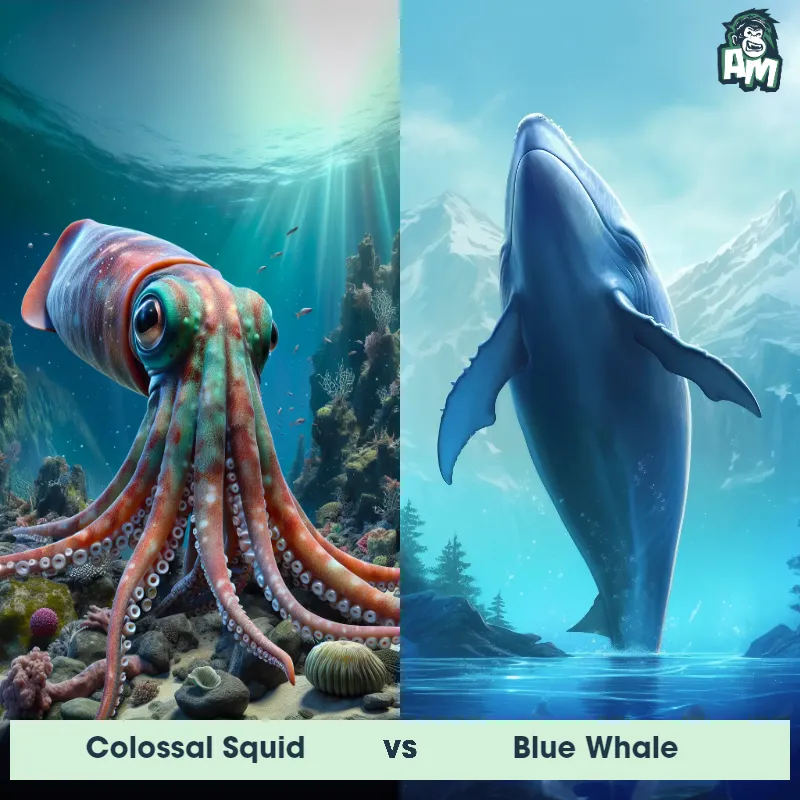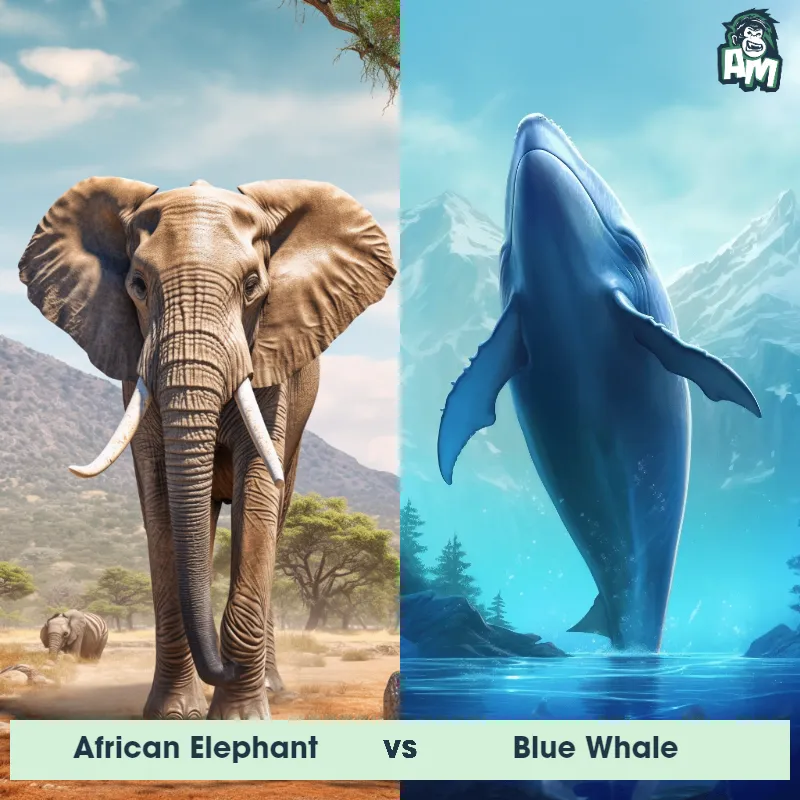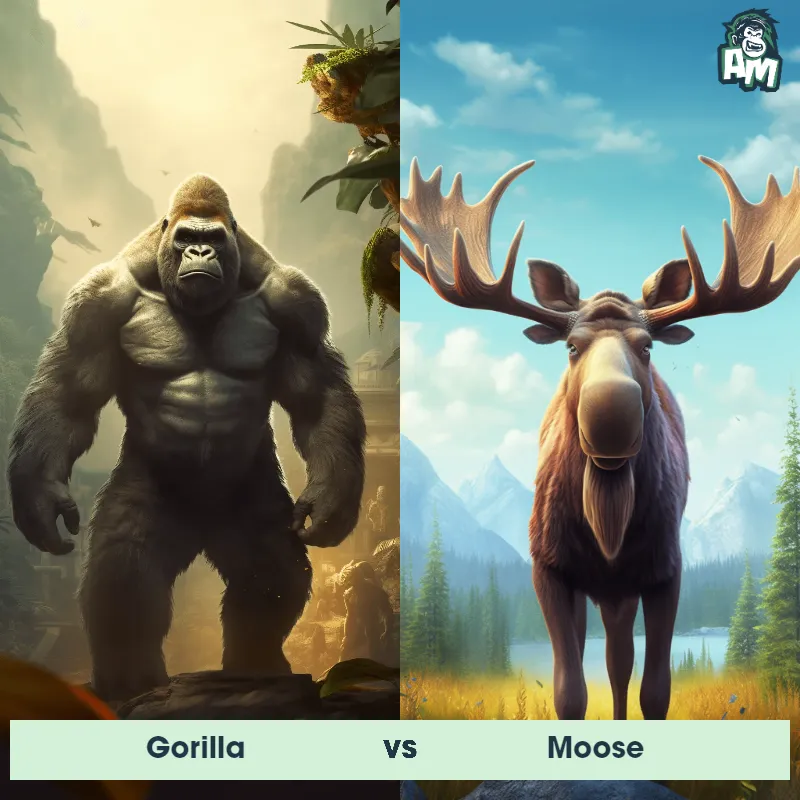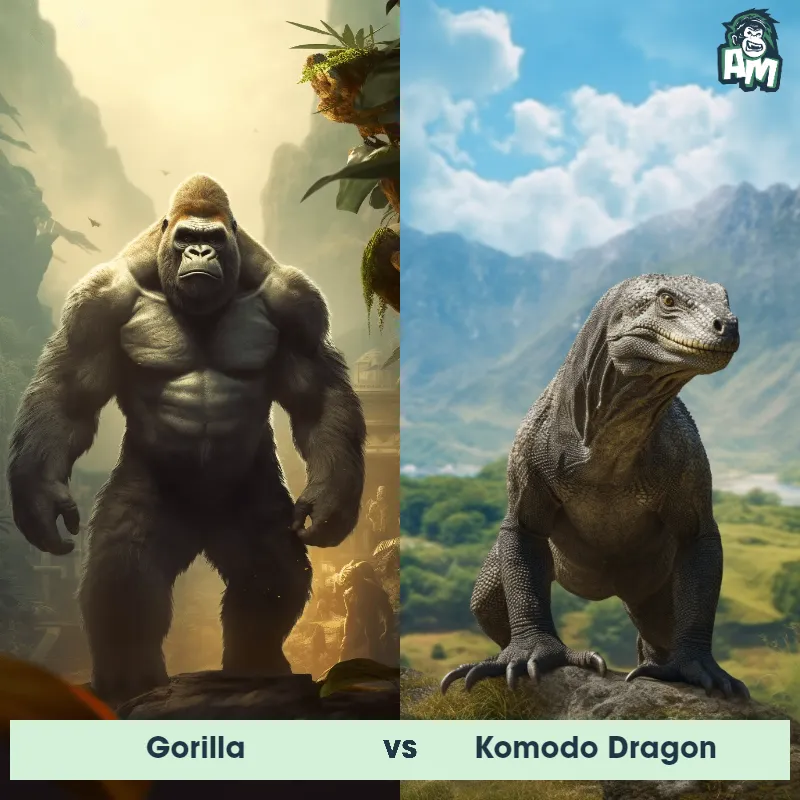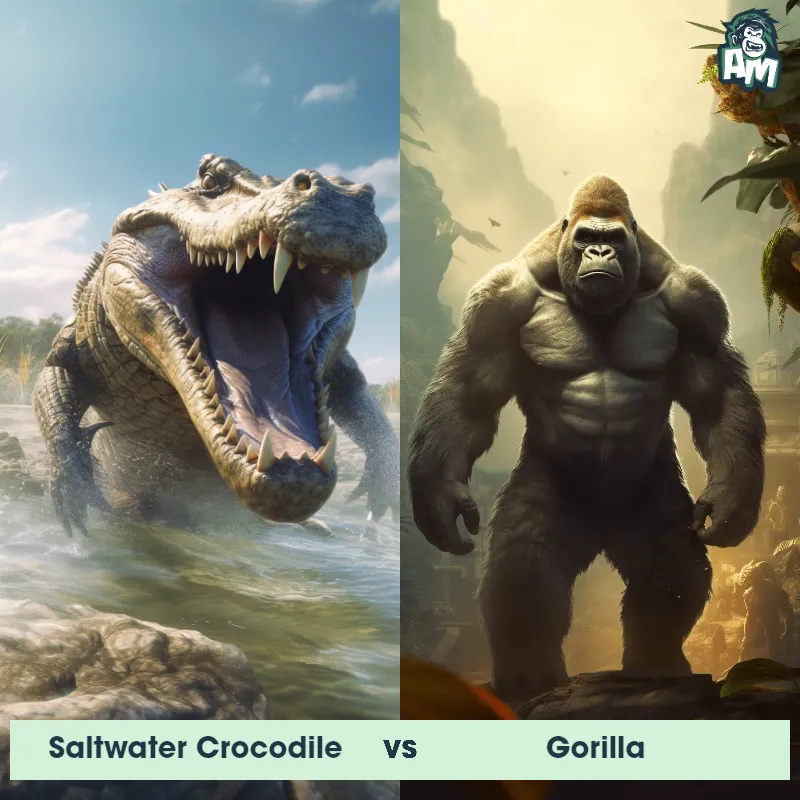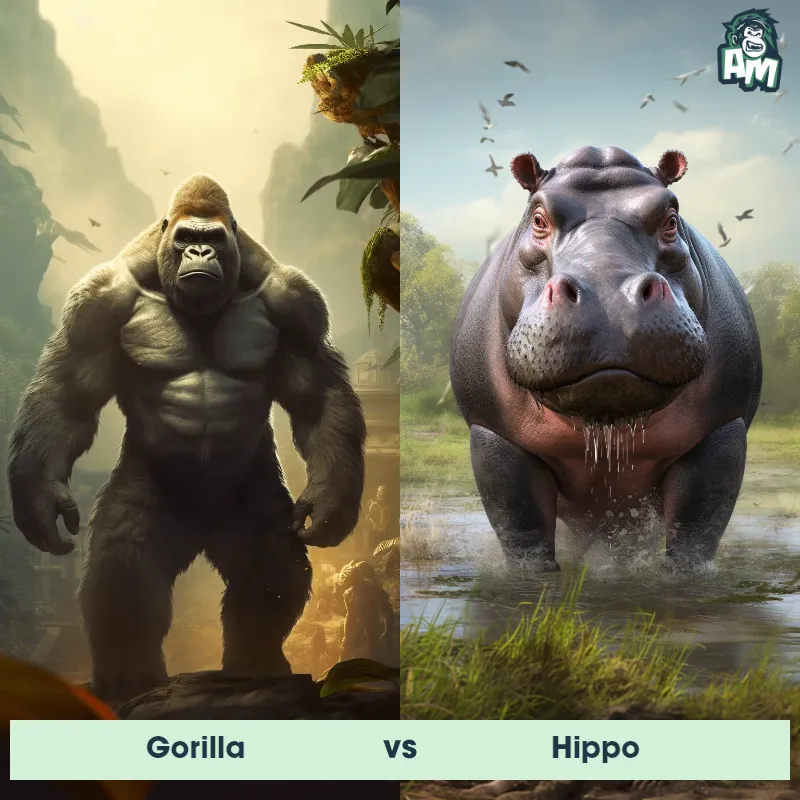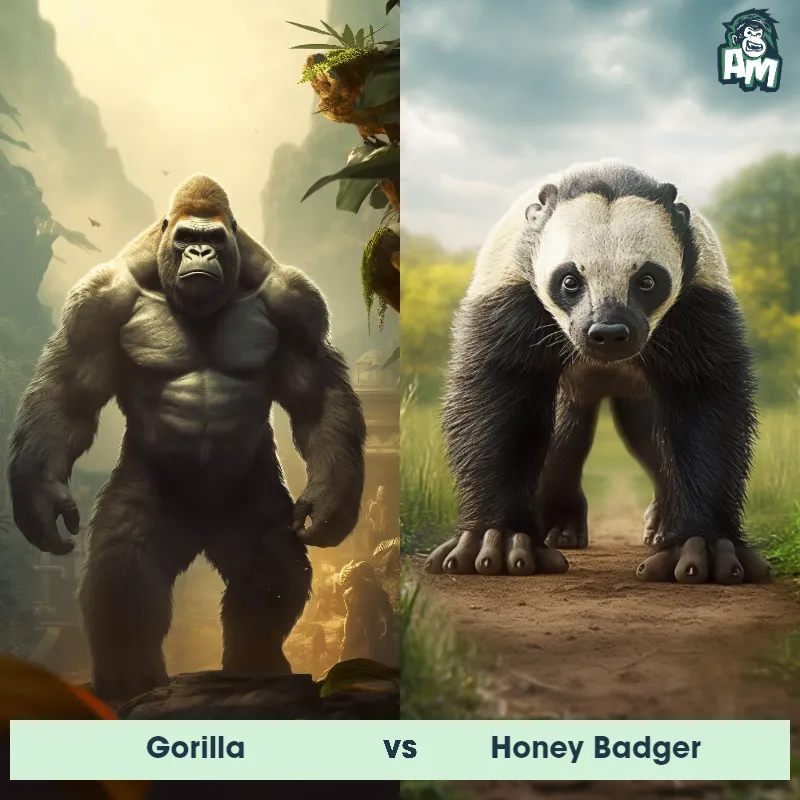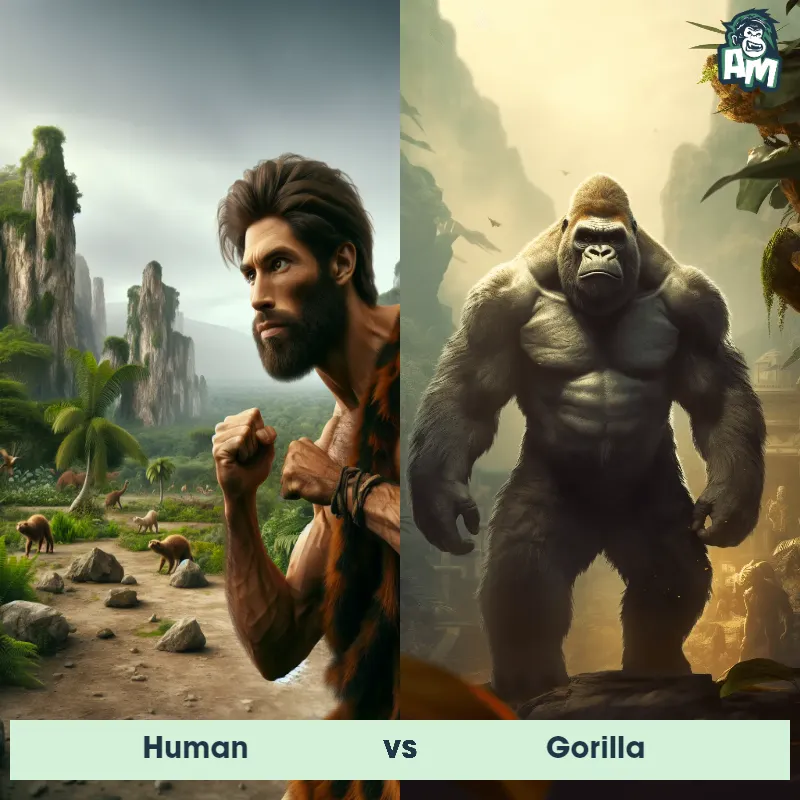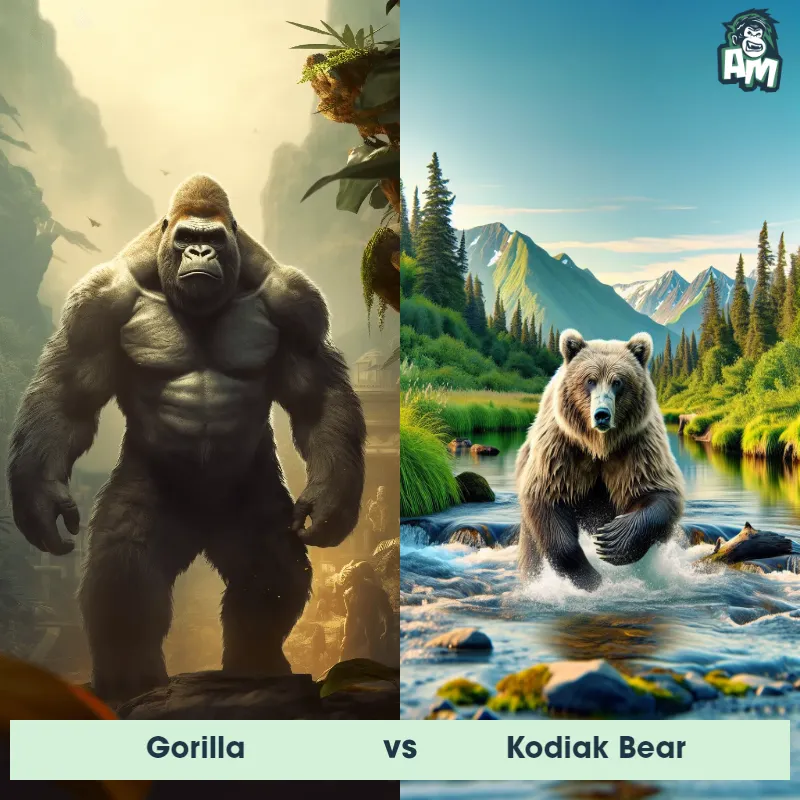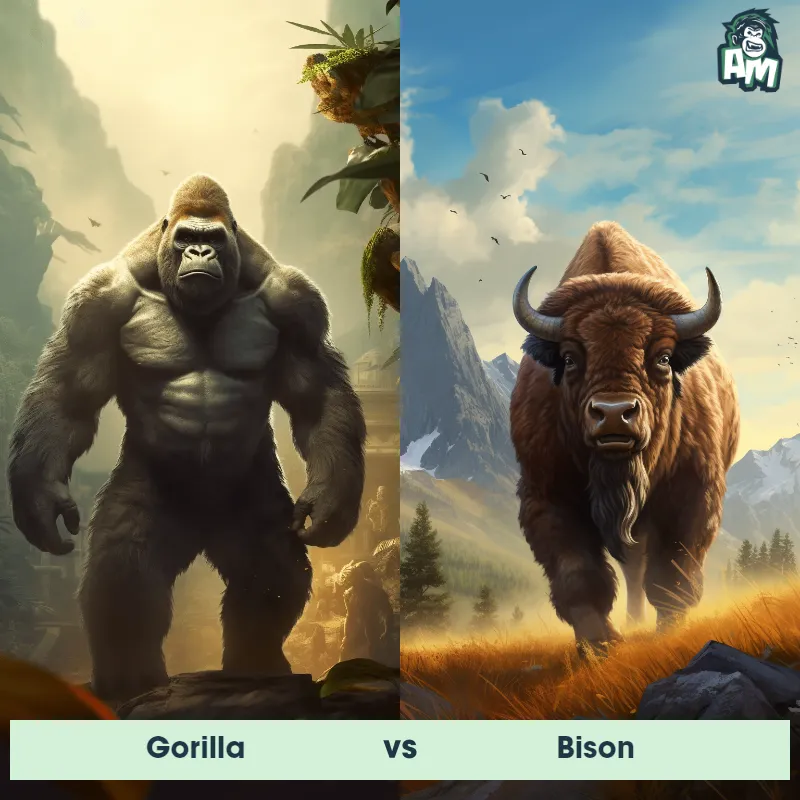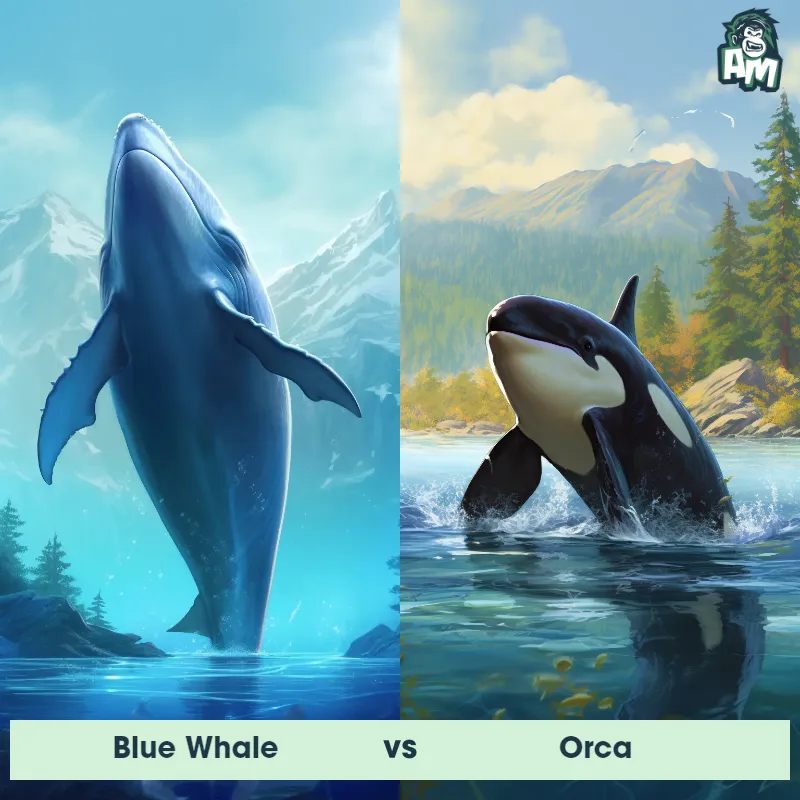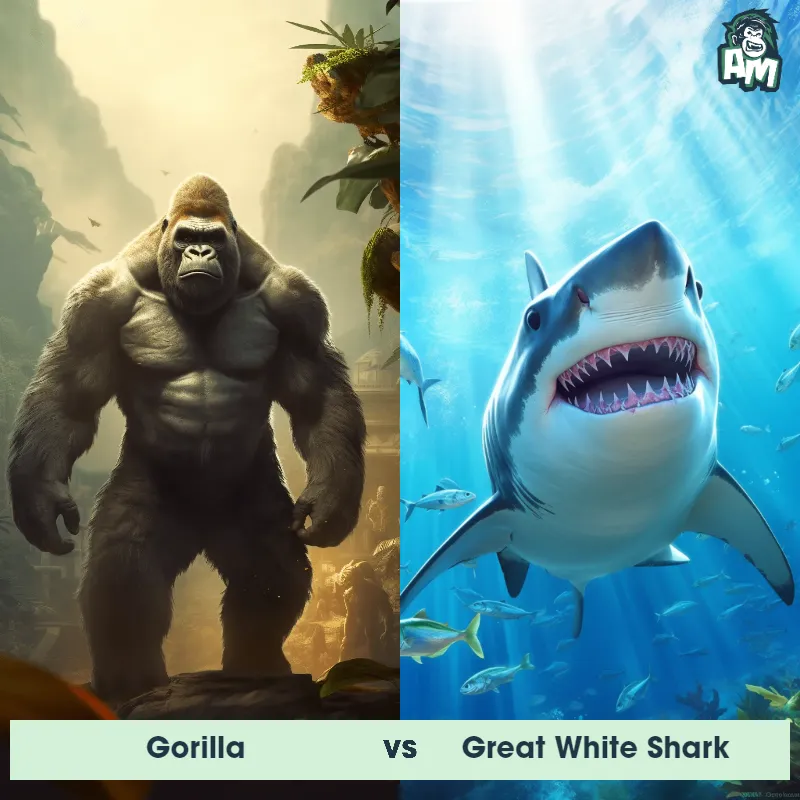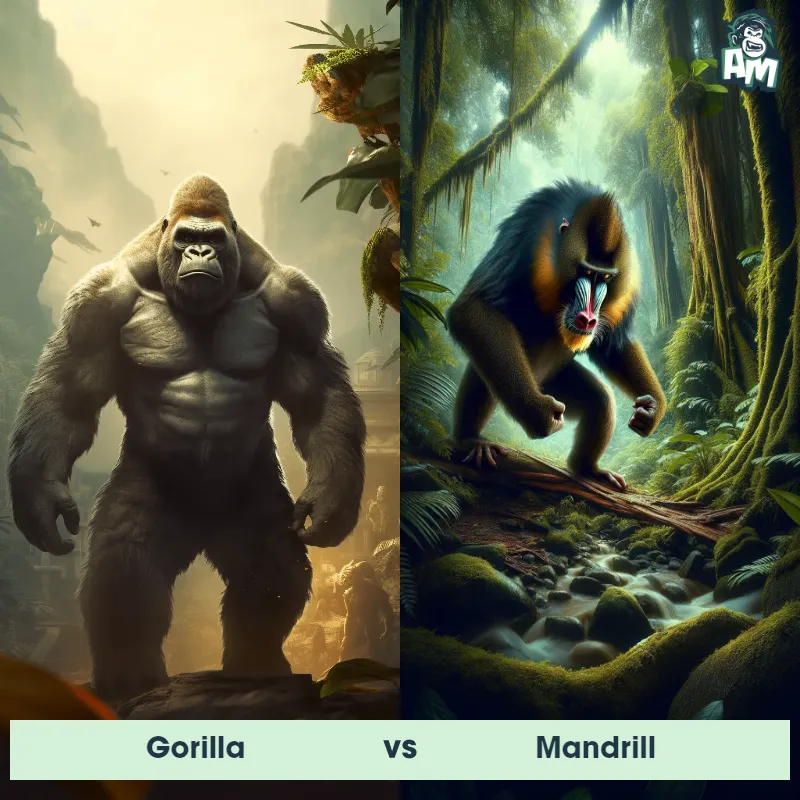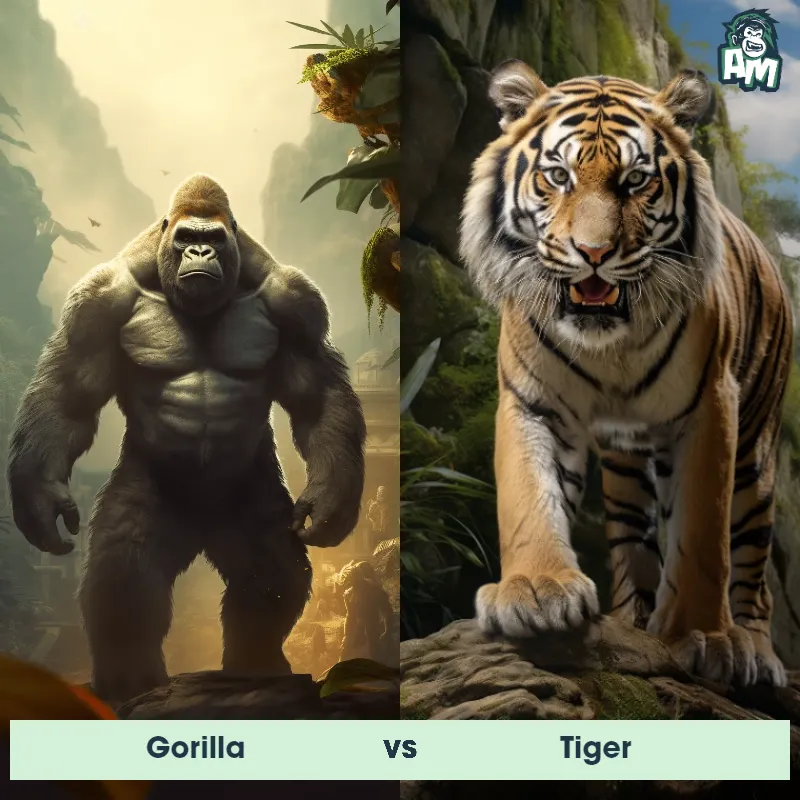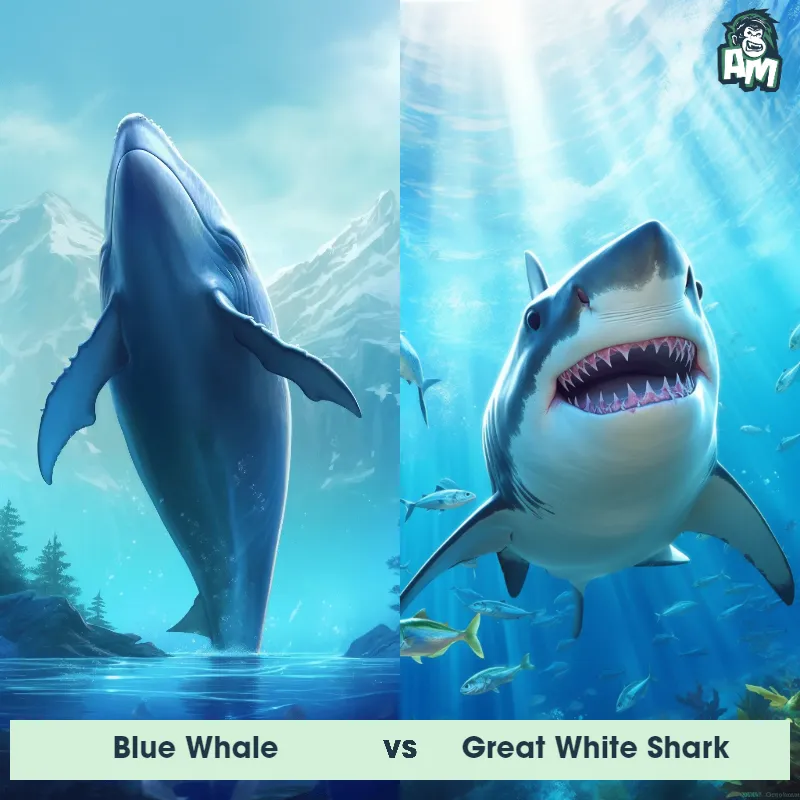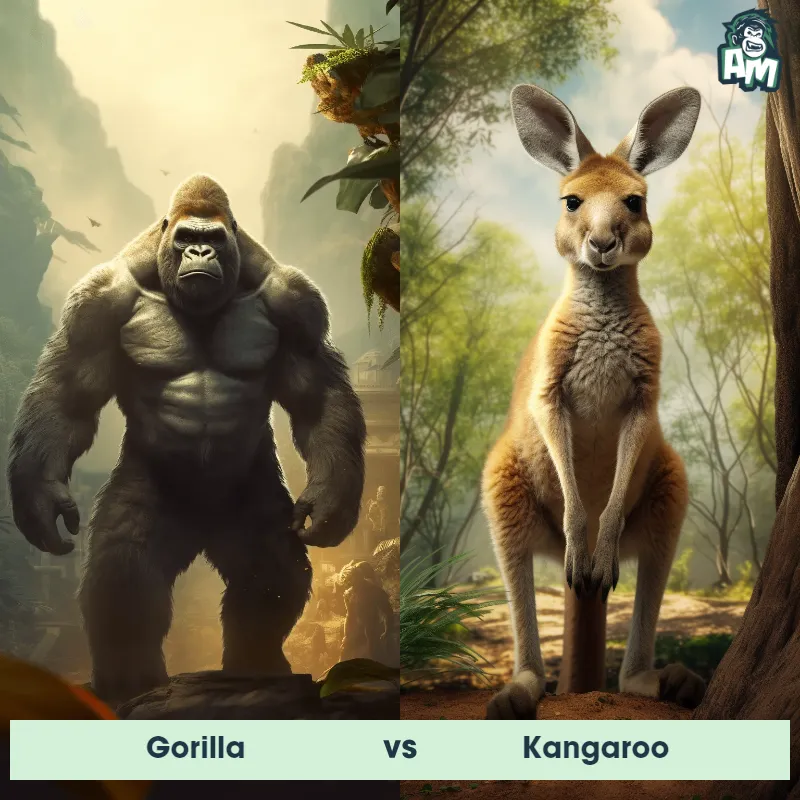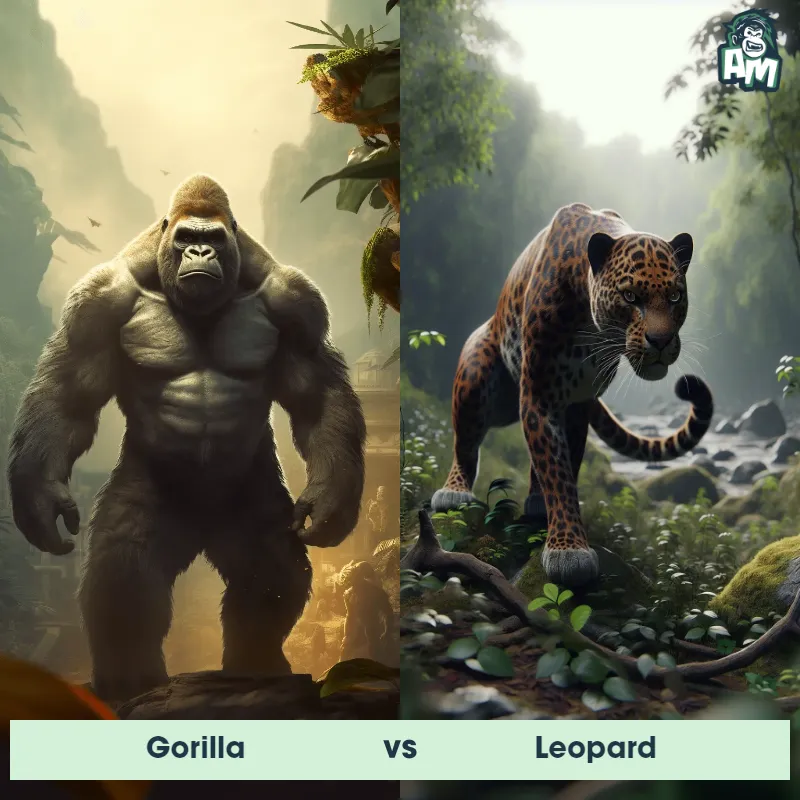Human vs Humpback WhaleSee Who Wins

Welcome, ladies and gentlemen, to the highly anticipated showdown between a Human and a Humpback Whale. Both competitors are ready to give it their all in this three-round battle. Let's see who will come out on top!
Contender 1: Human
The human, Homo sapiens, is a highly intelligent and social primate species. They are characterized by their upright posture, opposable thumbs, and relatively hairless bodies compared to other mammals. Humans have complex brains that enable them to think, reason, and communicate through language. They possess a wide range of physical variations in height, weight, and skin color due to genetic diversity. Humans are known for their adaptability and capacity to use tools, which has allowed them to thrive in a variety of environments across the globe.
![[object Object] Gif](https://tenor.com/view/hungry-caveman-muppetwiki-muppet-wiki-jim-henson-gif-11005515308056547982.gif)
Fun Fact: Humans are the only known species capable of abstract thinking, allowing them to conceptualize ideas and think in terms of concepts that do not have a physical presence.
Contender 2: Humpback Whale
The Humpback Whale, also known as Megaptera novaeangliae, is a large marine mammal that can grow up to 50 feet long and weigh up to 40 tons. They are known for their distinctive hump on their back and long pectoral fins that can reach up to one-third of their body length. Humpback Whales are known for their acrobatic displays, including breaching and tail slapping, and their complex songs that can last up to 20 minutes.
Fun Fact: Humpback Whales are known for their unique feeding technique called bubble net feeding, where a group of whales will blow bubbles in a circular pattern around a school of fish, trapping them in a concentrated area for easier feeding.
Matchup Stats
| Human | Humpback Whale | |
|---|---|---|
| Size | Average height of 5 feet 7 inches (170 cm) | Up to 50 feet (15.2 meters) |
| Weight | Average weight of 154 pounds (70 kg) | Up to 40 tons (36 metric tons) |
| Speed | 27.8 mph (44.7 km/h) | Speed: 3-9 mph (4.8-14.5 km/hr) |
| Key Strength | Intelligence and ability to strategize | Powerful tail for swimming and breaching |
| Biggest Weakness | Lack of physical strength compared to some animals | Vulnerable to hunting and entanglement in fishing gear |
Current Votes
Human vs Humpback Whale
See Who Wins
View More Matches
Looking For More?
Similar Matches
Scientific Stats
| Human | Humpback Whale | |
|---|---|---|
| Scientific Name | Homo sapiens | Megaptera novaeangliae |
| Family | Hominidae | Balaenopteridae |
| Habitat | Diverse habitats, including forests, grasslands, deserts, and urban areas | Oceans |
| Geography | Found on all continents | Worldwide |
| Diet | Omnivorous, with a preference for cooked food | Krill, small fish, and plankton |
| Lifespan | 70 years - 90 years | 45 years - 100 years |
Key Differences between Human and Humpback Whale
- Body shape: Humans have a bipedal stance with two arms and two legs, while Humpback Whales have a streamlined body with flippers and a large tail fluke.
- Communication: Humans communicate through language and gestures, while Humpback Whales produce complex songs and vocalizations to communicate with each other.
- Facial features: Humans have distinct facial features such as eyes, nose, and mouth, while Humpback Whales have a flat, broad head with baleen plates inside their mouths.
- Appendages: Humans have hands with opposable thumbs for grasping objects, while Humpback Whales have pectoral fins for swimming and maneuvering in the water.
- Color: Humans have a variety of skin tones ranging from light to dark, while Humpback Whales are predominantly dark grey with white patches on their bellies.
- Size: Humans are typically around 6 feet tall, while Humpback Whales can reach lengths of 50 feet or more.



